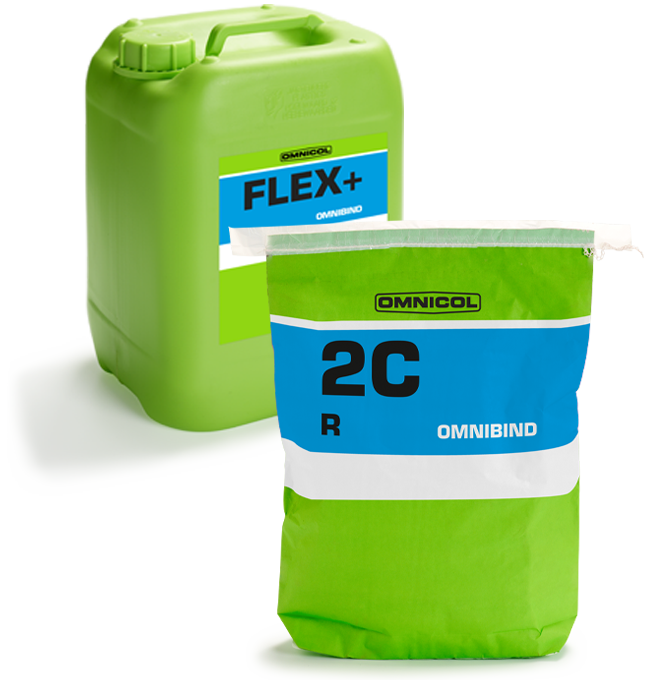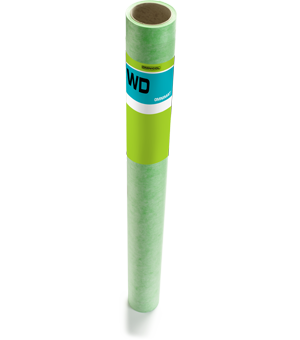Waterproofing

Making wet areas waterproof and protecting against moisture
Waterproofing wet areas is challenging work. Tiles are often used to make walls and floors waterproof, but this is where it goes wrong: the substrate must already be waterproof before the tiles are installed, as they are just the aesthetic and functional finish. It is essential to protect the substrate in wet areas against leakage or even fully seal-it. This can be achieved with a well-constructed system, with the right primer, a moisture-sealing mat, or a cementitious membrane composed of two components, along with the correct tile adhesive. Below, we offer an extensive range to protect the substrate against damage.
Related products
Let us help you out
Why should I apply a sealant?
Sealing materials are applied in places or spaces where one wants to prevent the effects of use from spreading to adjacent spaces, such as moisture in a bathroom.
Do I use a primer, a coat, or a decoupling mat for sealing?
This choice depends heavily on the situation and the application of your project. Is there a moist environment or are you working within the spray range? This, combined with a risk assessment, determines whether to choose a primer, a paste (coat?), or a complete system of decoupling mats, combined with special fittings.
Isn't a tile finish waterproof?
A finish in (ceramic) tiles should not be considered waterproof, due to factors such as the possibility of microcracks and at the location of the tile edges. Applying the correct waterproofing to the substrate before starting the tiling work is therefore essential.








